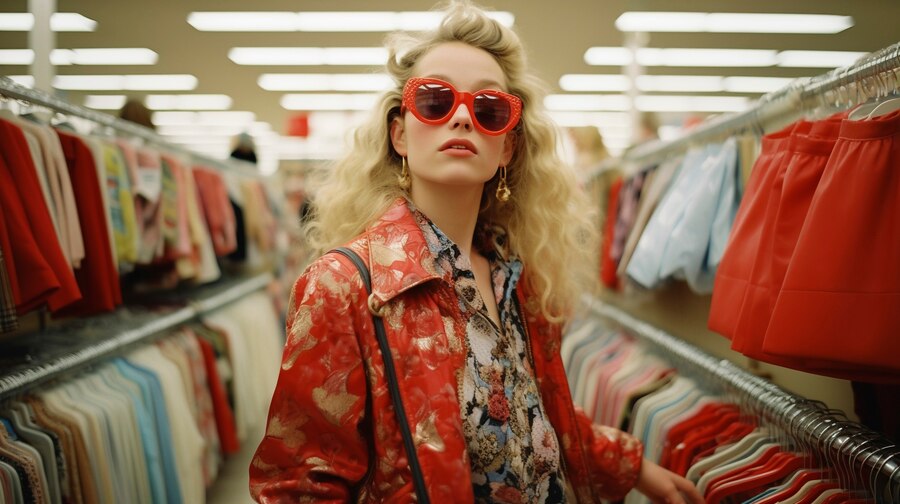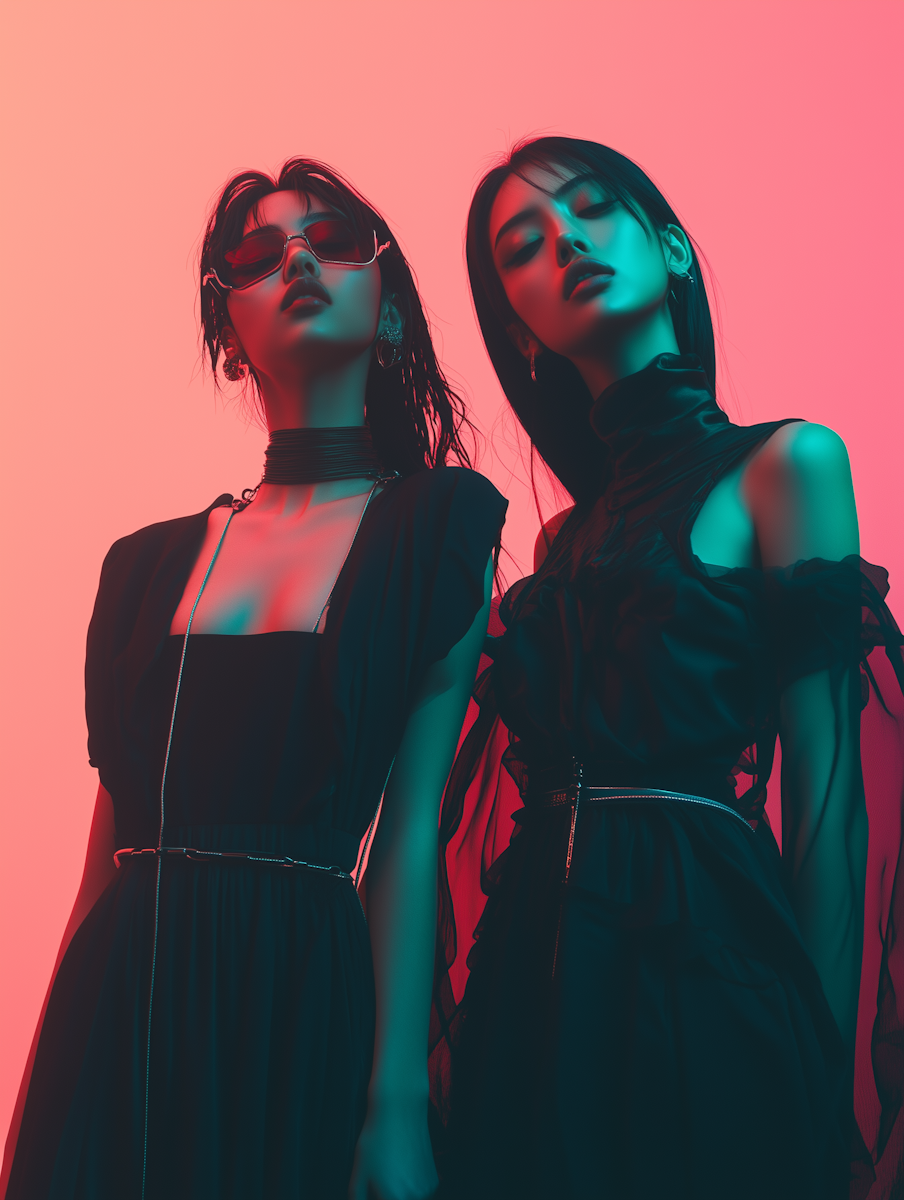Table of contents
In today’s digitally-driven world, social media has transformed the way we consume and create fashion. From Instagram to TikTok, these platforms have revolutionized how fashion trends emerge, spread, and evolve. This blog post explores the powerful impact of social media on Fashion Trends, highlighting how influencers, user-generated content, and real-time engagement are reshaping the global fashion landscape.
The Rise of Social Media as a Fashion Powerhouse
Social media platforms have become virtual runways where style is created and showcased in real time. Unlike traditional media, social platforms allow everyday users and celebrities alike to share their personal styles, often setting off viral trends that quickly become part of Fashion Trends. This democratization of fashion means that trends can now originate from any corner of the globe and gain traction instantly.
Key Drivers of Social Media’s Influence on Fashion
- Instant Connectivity: Social media connects millions of users worldwide, enabling trends to spread rapidly. A single viral post or video can catapult a style from obscurity to mainstream popularity overnight.
- Influencer Culture: Influencers with substantial followings have the power to sway public opinion and shape trends. Their curated content, authenticity, and personal branding play a major role in what becomes fashionable.
- User-Generated Content: The interactive nature of social media encourages user participation, with consumers not only following trends but also contributing to them by sharing their unique takes on fashion.
- Real-Time Feedback: Fashion brands can gauge public reaction instantly through likes, shares, and comments. This feedback loop allows for quick adjustments and targeted marketing strategies that align with consumer preferences.
How Social Media Platforms Drive Fashion Trends
Instagram: The Visual Hub
Instagram’s focus on high-quality images and videos has made it the go-to platform for fashion enthusiasts. Designers, stylists, and everyday users share outfit-of-the-day posts, behind-the-scenes looks, and exclusive previews, creating a continuous stream of inspiration. The use of hashtags and tagged locations further amplifies reach and helps niche trends gain national and international attention.
TikTok: Short-Form Fashion Inspiration
TikTok’s dynamic, short-form videos have taken trendsetting to a new level. Creative challenges, styling tips, and viral dances all contribute to the rapid dissemination of Fashion Trends. The algorithm’s ability to surface content based on user interests makes it easy for emerging trends to gain momentum quickly, even from unknown creators.
Pinterest: Curating Personal Style Boards
Pinterest remains a favorite for those seeking long-term inspiration. Users create boards filled with fashion ideas, seasonal trends, and DIY styling tips. This platform acts as a visual search engine, where users can discover and save ideas that influence their personal wardrobes and broader Fashion Trends.
Facebook and Twitter: Community and Conversation
Although not as visually oriented as Instagram or TikTok, Facebook and Twitter provide important spaces for discussions about fashion. Groups, pages, and trending topics on these platforms facilitate community engagement and allow users to discuss emerging trends, share tips, and debate the latest styles.
The Impact on the Fashion Industry
Social media’s role in influencing Fashion Trends has significant implications for designers, retailers, and consumers alike. Here are some of the key impacts:
Rapid Trend Cycles
The speed at which trends evolve has accelerated dramatically. Social media enables trends to emerge and fade within weeks, pushing designers and brands to adapt quickly. This rapid turnover can drive innovation but also presents challenges in terms of sustainability and long-term brand identity.
Increased Consumer Engagement
Consumers are no longer passive recipients of fashion; they are active participants. Brands that harness the power of social media can create interactive campaigns that invite consumers to co-create and personalize their experiences. This increased engagement helps build brand loyalty and can lead to more successful product launches.
Data-Driven Fashion
Social media platforms provide brands with real-time data on consumer preferences. By analyzing engagement metrics and user feedback, companies can tailor their designs and marketing strategies to better meet the evolving demands of their target audience. This data-driven approach ensures that Fashion Trends align closely with consumer desires.
Globalization of Style
Social media has broken down geographical barriers, allowing trends to spread globally. What starts as a local phenomenon can quickly become an international trend, influencing style choices across diverse cultures and regions. This global reach encourages a fusion of styles and broadens the definition of contemporary fashion.
Challenges and Future Outlook
While the influence of social media on Fashion Trends is largely positive, it also comes with challenges:
- Over-Saturation: With millions of users posting fashion content, it can be difficult for individual trends to stand out.
- Short-Lived Trends: The rapid pace of social media can lead to fleeting trends that may lack longevity or substance.
- Authenticity Issues: As influencer marketing grows, some users question the authenticity of sponsored content, which may impact trust and engagement.
- Sustainability Concerns: The fast-paced nature of social media-driven trends can contribute to overconsumption and waste in the fashion industry.
Looking ahead, the integration of augmented reality (AR), virtual try-ons, and AI-driven personalization will likely enhance the way social media continues to shape Fashion Trends. As technology evolves, so too will the methods through which style is curated, shared, and consumed.
Frequently Asked Questions (FAQs)

Social media platforms allow for the rapid sharing of style ideas and personal expressions, enabling trends to emerge, spread, and evolve quickly. Influencers, user-generated content, and real-time feedback all play a crucial role in shaping Fashion Trends.
While all platforms contribute to the conversation, Instagram and TikTok are particularly influential due to their visual nature and highly engaging content, which can quickly set off viral trends.
Influencers have dedicated followings and can showcase unique styles and products, often setting trends that their audiences follow. Their curated content and personal brand help drive consumer behavior and popularize emerging styles.
Brands analyze metrics such as likes, shares, comments, and engagement rates to understand consumer preferences. This data helps them tailor their designs and marketing strategies, ensuring their offerings align with the latest Fashion Trends.
Some challenges include over-saturation of content, the rapid turnover of trends that may lack longevity, issues with authenticity in sponsored posts, and sustainability concerns related to fast-changing fashion cycles.
Conclusion
Social media’s impact on Fashion Trends is undeniable. By democratizing fashion and providing platforms for instantaneous creativity and feedback, social media has reshaped how trends are created and consumed. As technology continues to evolve, the relationship between social media and fashion will only grow stronger, driving innovation and ensuring that the global fashion landscape remains dynamic and ever-changing.





